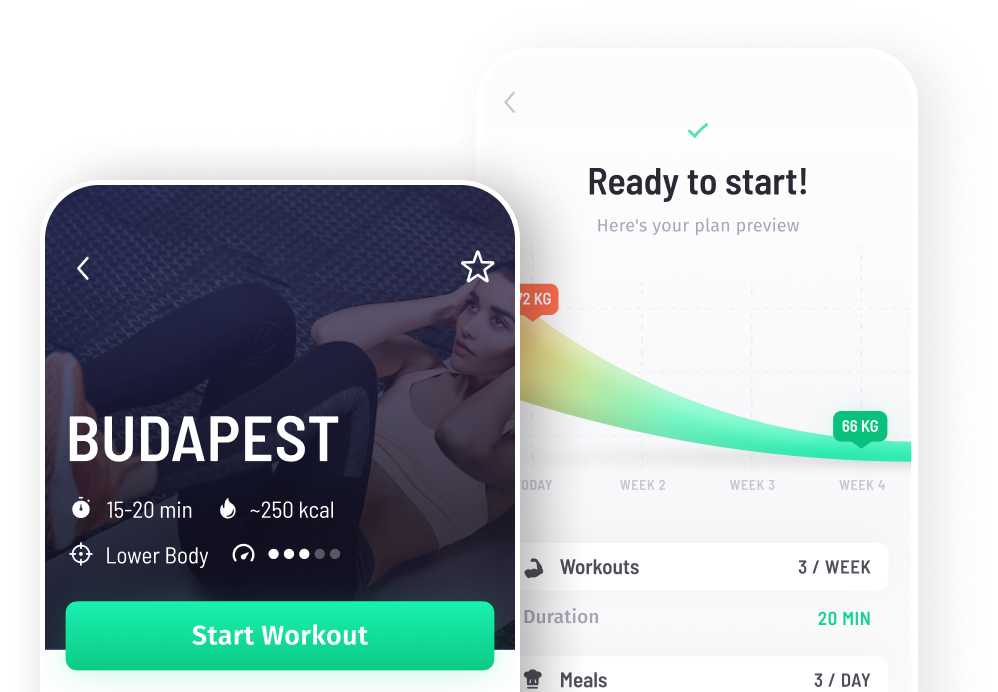We all know how important regular exercise is for our bodies. But did you know that there is more to fitness than just how much cardio and resistance training you can do? There are, in fact, five components of fitness that together form total physical fitness.
It is common to gauge fitness levels by how far we can run or how heavy we can lift, but in order to achieve true fitness, all five of these pillars need to be upheld.
What are the Five Components of Physical Fitness?
- Cardiovascular endurance
- Muscular strength
- Muscular endurance
- Flexibility
- Body composition
Let's look at each of these five components of fitness in more detail.
Cardiovascular endurance refers to the ability of the heart and lungs to sustain the body during cardiovascular exercise. If your cardiovascular endurance is good, you will have the stamina needed to perform cardio exercise for prolonged periods of time. The Cooper 12-minute Run Test is a popular method of evaluation for cardiovascular endurance.
Muscular strength signifies the amount of force the muscles can produce in resistance exercises. As your muscular strength increases, you will be able to lift heavier weights, and bodyweight exercises such as pull-ups and press-ups will become easier. Press-ups are a common exercise used to test muscular strength.
Muscular endurance indicates the amount of time the muscles can work without becoming tired. If you have good muscular endurance, you will be able to workout for longer intervals. Sit-ups are often used to test muscular endurance levels.
Flexibility is about the ability of the muscle fibers to allow the joints their full range of motion. As your flexibility increases, you will be able to perform exercises and everyday tasks with greater comfort and ease. Your posture will improve, too. The sit-and-reach test is a great way to test flexibility as it requires the entire back of the body to stretch.
Body composition refers to the body's fat mass compared to muscle, organ, and bone mass. As you become fitter, your fat mass will decrease, and your lean muscle mass will increase. Standard tests for body composition include skinfold readings and bioelectrical impedance testing using a machine.
How Can the Five Components of Fitness Benefit Me?
Testing yourself on all of these five components of fitness gives you a genuine picture of your physical fitness. Having this information also gives you a baseline from which to work. Then, you can work on each of these areas and test yourself regularly to track your progress. Testing every month is ideal. You can also enlist the help of a friend or personal trainer to help you perform the tests and record the results.
It feels great to know that you are developing your total fitness, as opposed to being unbalanced in just one or two areas. Improving your total fitness will benefit your health, bring ease into your everyday activities, and help to prevent injury.
Did you enjoy this article? Share it!

